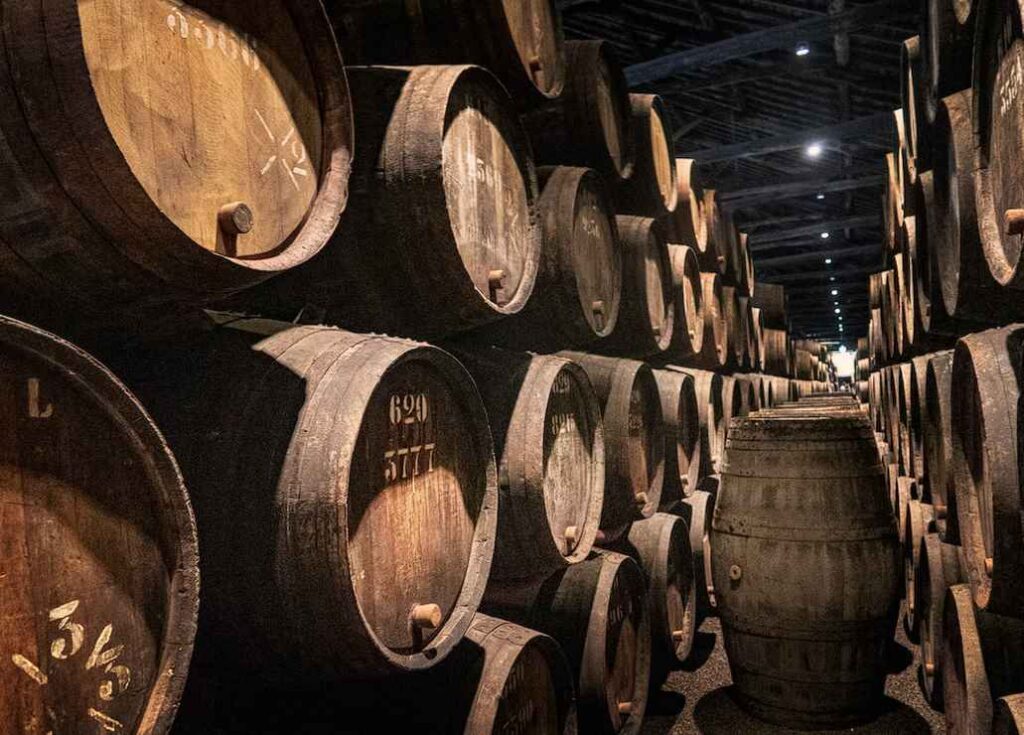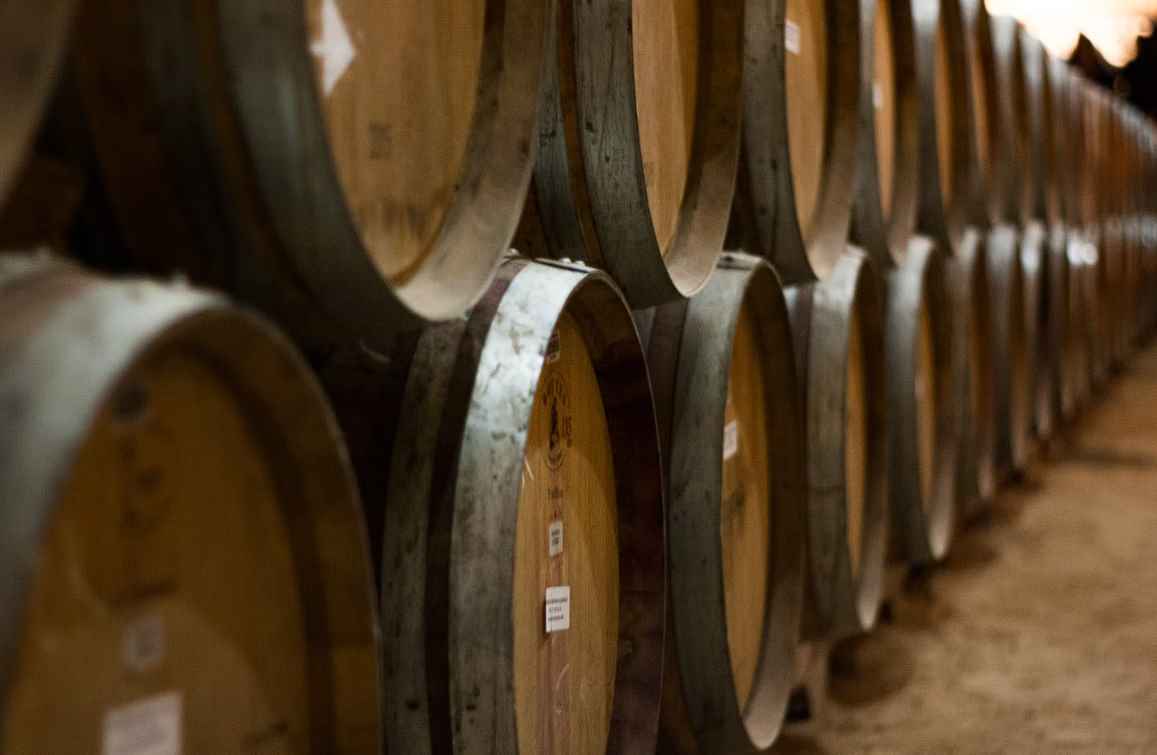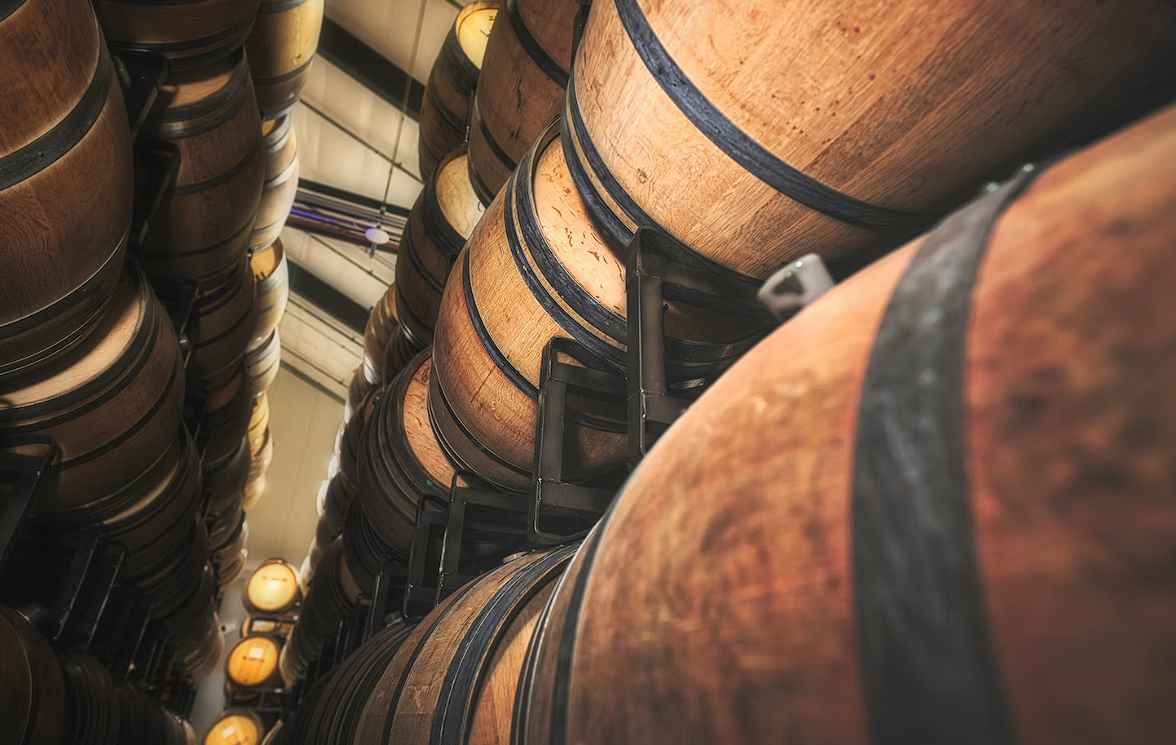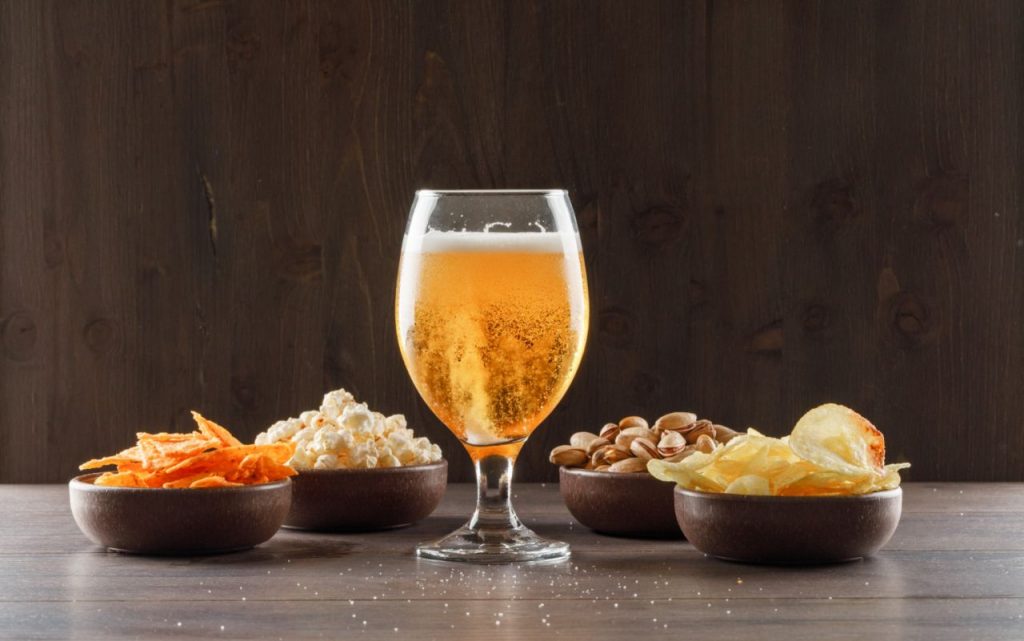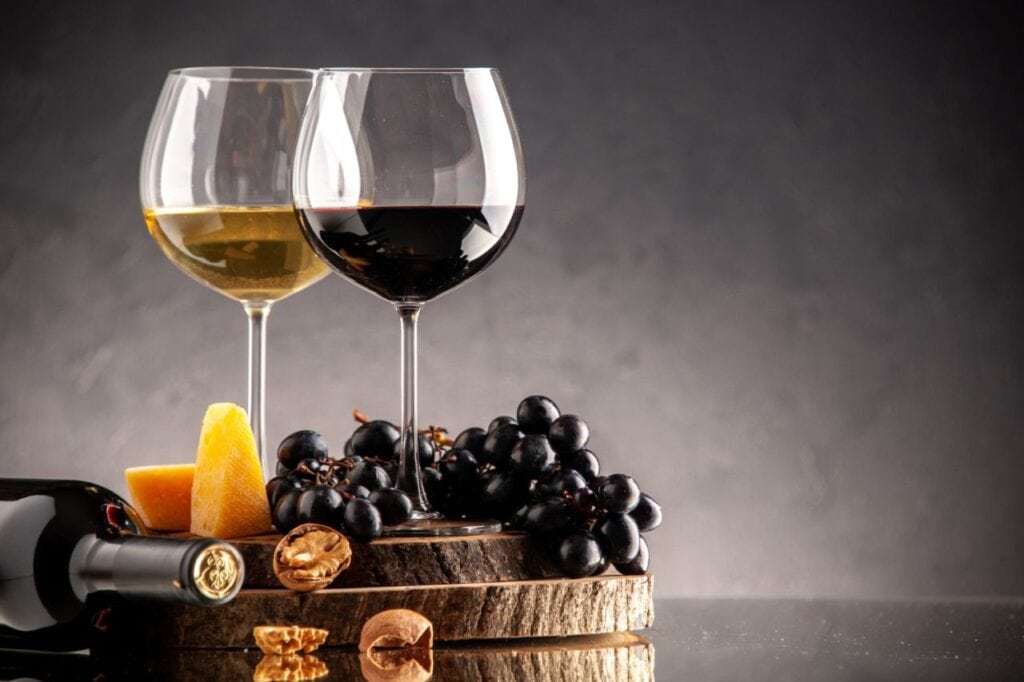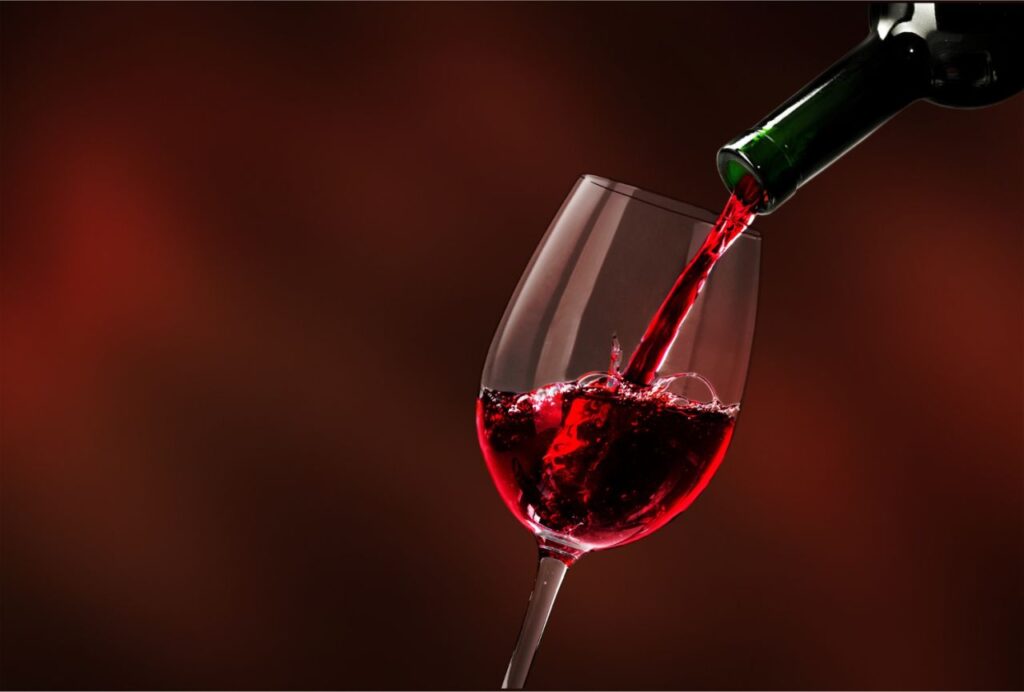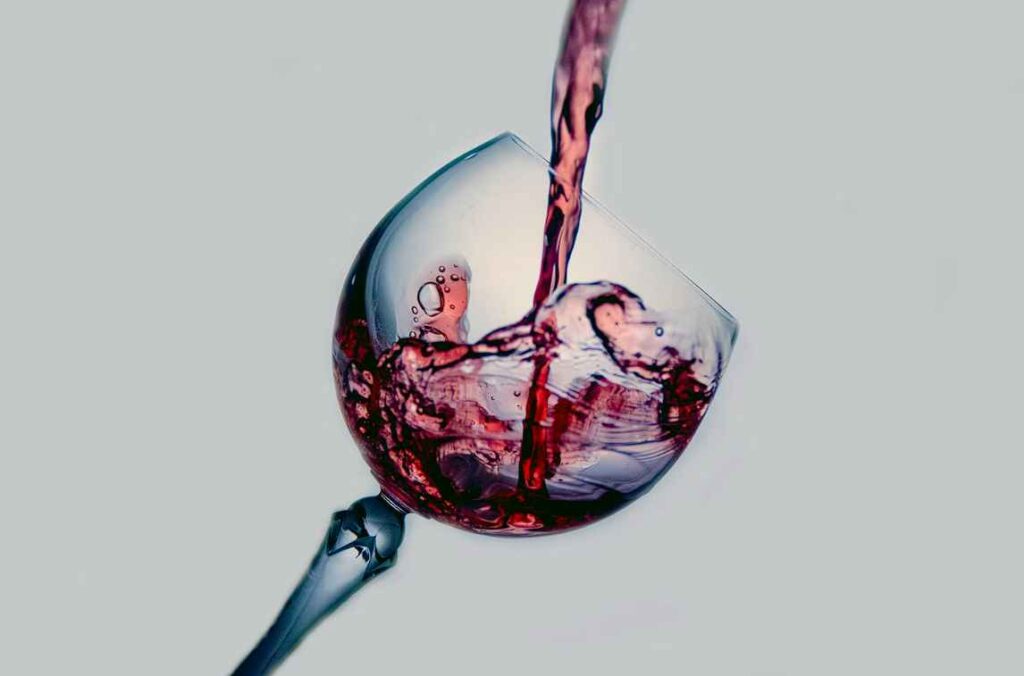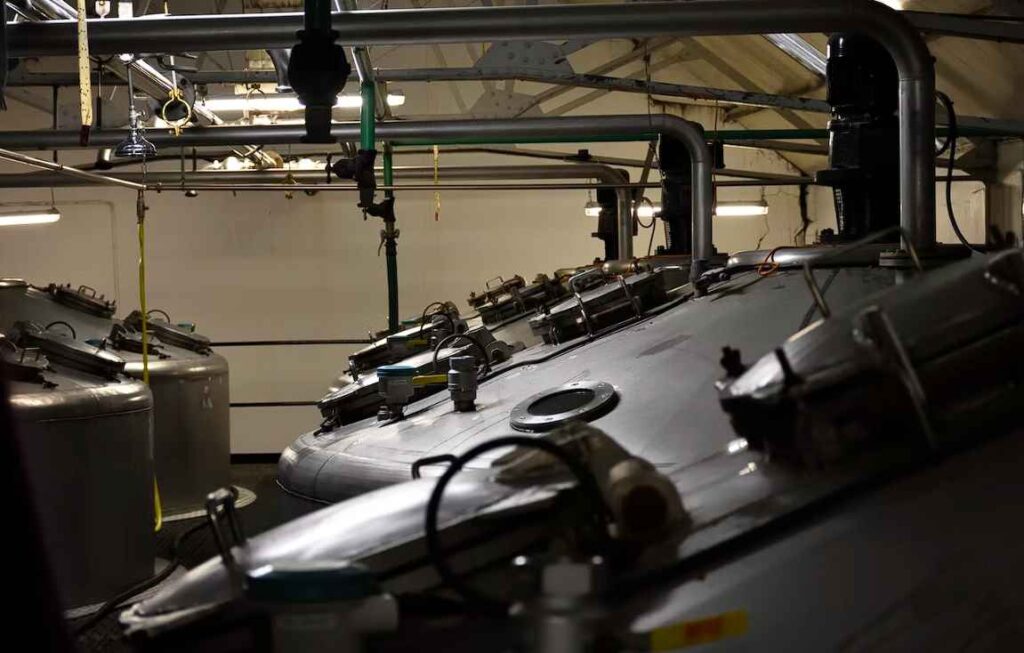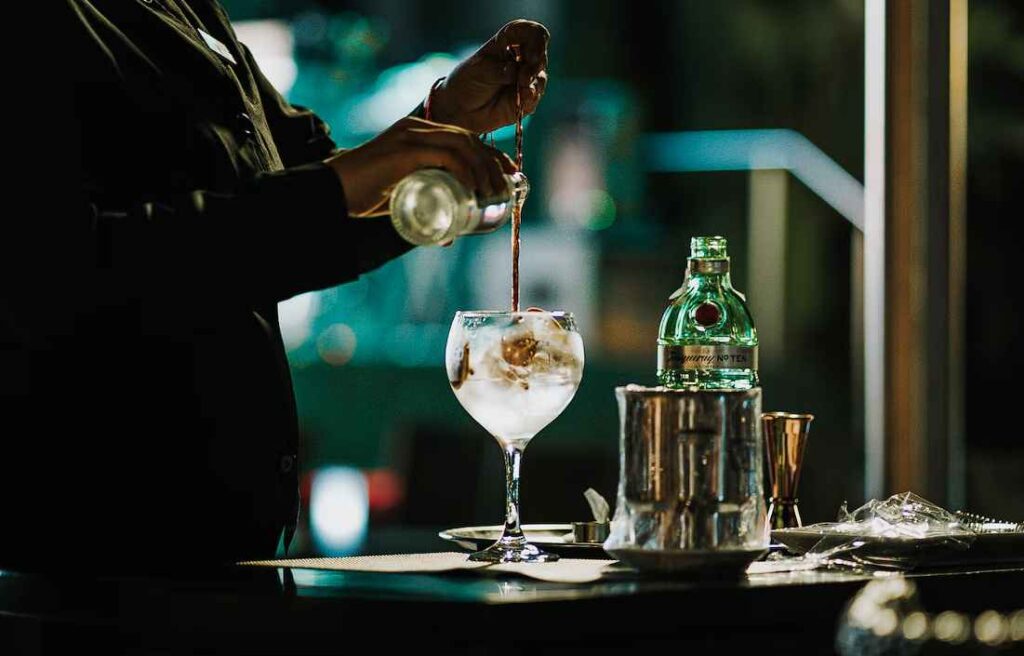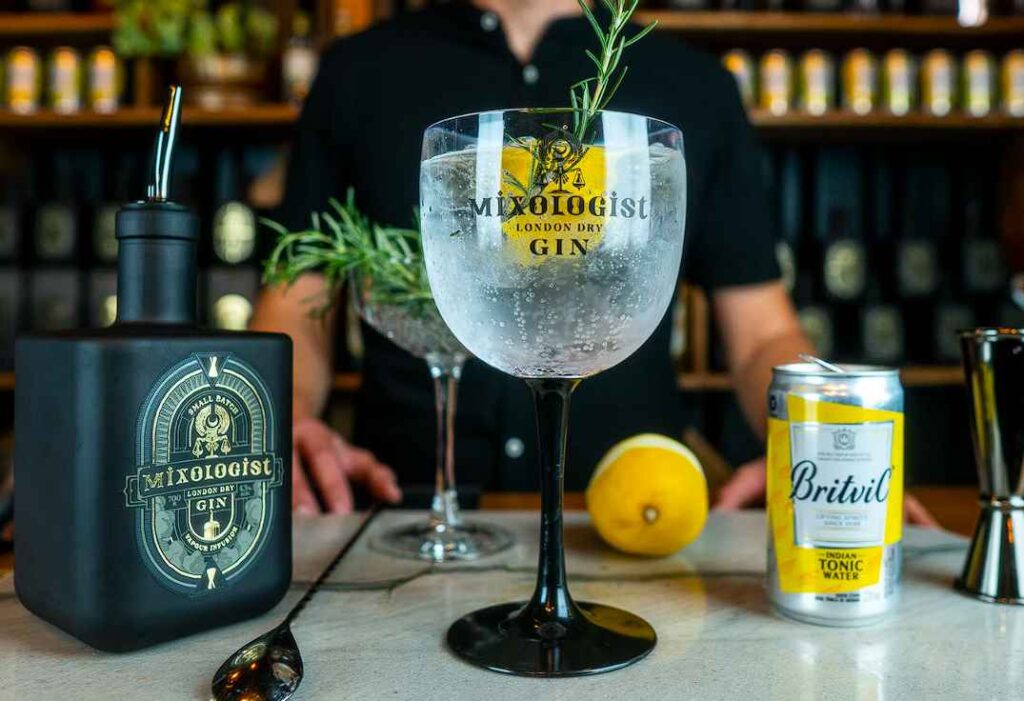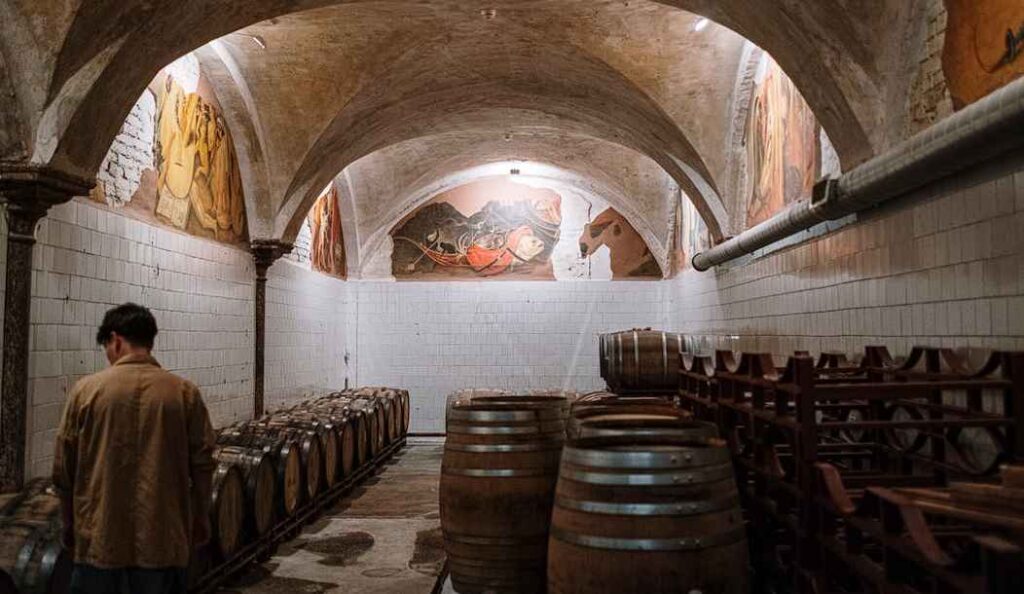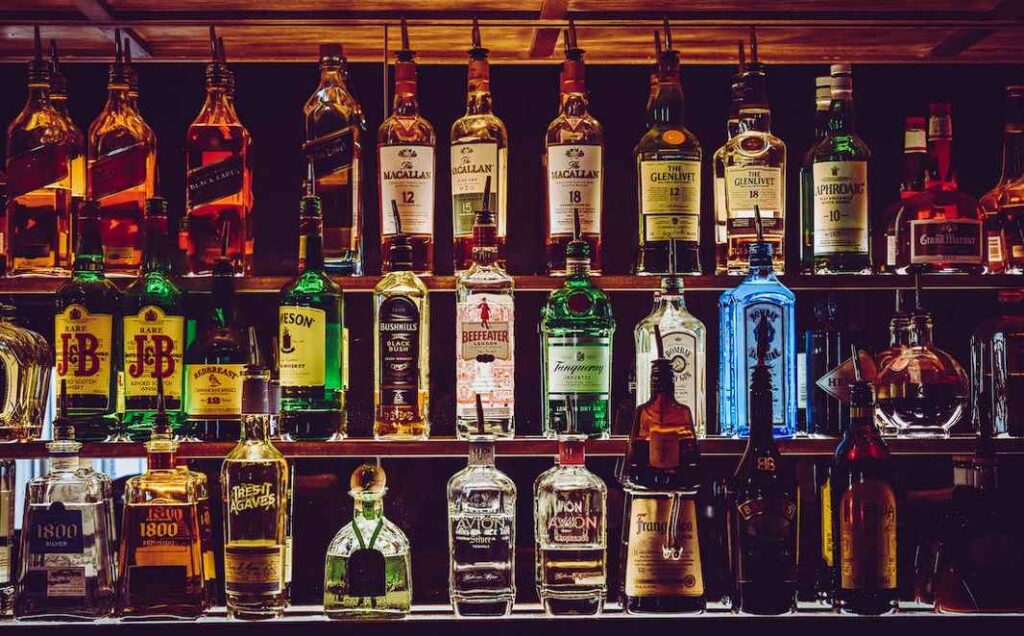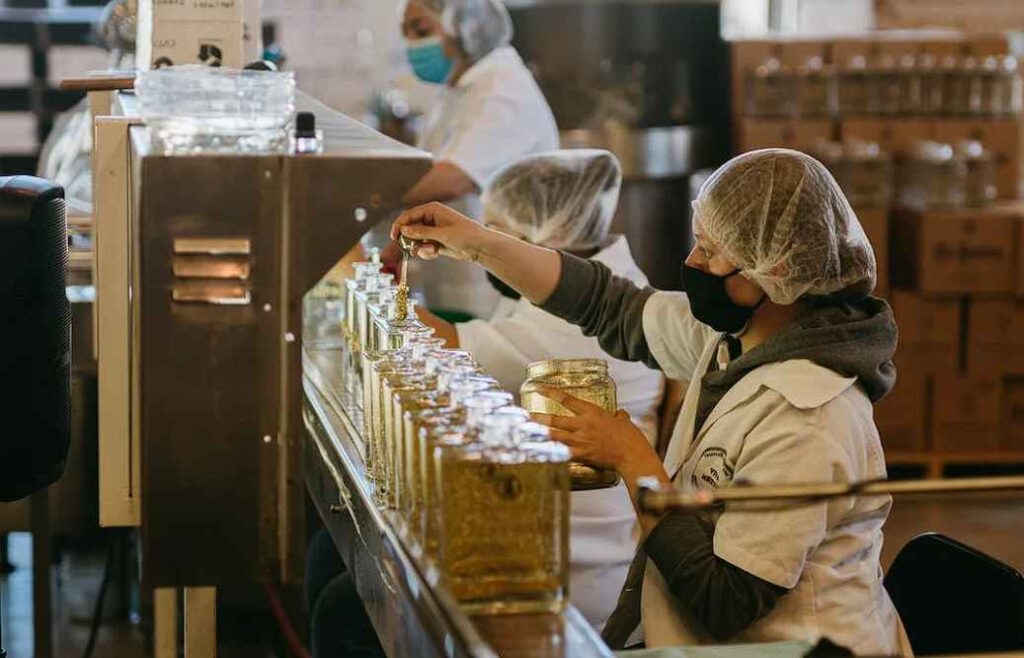Have you ever wondered why whiskey is stored in wooden barrels? It's a question that has puzzled many a whiskey enthusiast. Is it for flavour? For aging? For tradition? Fear not, dear reader, for we have the answers you seek!
In this blog, we'll explore the fascinating history of whiskey and wooden barrels, the science behind how they work together, and why this combination is crucial to the world of whiskey as we know it.
So grab a glass of your favourite whiskey (neat or on the rocks, your call!), sit back, and let's dive into the world of whiskey and wooden barrels. And, if you're feeling inspired, stick around until the end for a special cocktail recipe that'll have you sipping in style. Let's get started!
Whether you’re after something easy drinking for a casual night or something special for your next big occasion - Tar Barrel has got you covered.
A Brief Overview Of The History Of Barrel Aging
The practice of ageing liquids in wooden barrels to impart flavour dates back millennia. This method originated in the wine industry but was taken up by Scotch distillers in the 1800s. This paved the way for the modern whisky industry, which offers whisky aged for different amounts of time at variable prices. Beer and tequila, among other alcoholic beverages, are also benefiting from the usage of contemporary barrels.
Barrel Aging Advantages
The more time a barrel of whisky spends resting in the cellar, the higher the price tag will be when it finally comes out. This is because longer barrel age improves the whiskey's flavour. Hence a higher price tag is indicative of higher quality. Again, this is because whiskey aged in oak barrels gains a superior flavour from the process.
Why Do We Use Barrels To Keep Whiskey?
Whisky may only be legally labelled as such when it has been aged for at least three years in oak barrels. In most cases, single malts will have been aged for at least ten years in the barrel. As the whiskey's barrel is the source of much of its flavour and colour, this is not an area to cut corners.
Whiskey develops its distinctive flavour and aroma while it ages in a barrel. So to get maple syrup's deep, rounded flavours, we carefully and thoroughly burn our barrels to bring out the vanillin, tannins, and lactones and caramelise the wood sugars.
We think it's a disservice to whiskey's craft that many larger distilleries stick it in a 200-litre barrel and store it for a certain amount of time. We treat the production of whisky as an art form. Everything from the original spirit to the size and type of staves utilised to the events that occur throughout the barrel's ageing plays a role.
When Does Whiskey Become Mature?
But, the lengthy ageing in oak barrels does more than enhance the whiskey's flavour; it also produces the distinctively thick, oily texture of Irish whisky. Understand the maturation process to appreciate the logic behind our practice of partially filling barrels.
As fresh spirit from the still isn't very tasty, it's required by law to "mature" in a wooden barrel for at least three years before it can be consumed. These chemical changes occur as a result of the interaction of the alcohol and the wood throughout the ageing process. So rather than removing flavorful chemicals like vanilla, toffee, and oak from the whisky, the wood absorbs them.
Over time, some of the whiskey's alcohol and water content will evaporate from the cask. Simply put, this is the portion that goes to the angels. Whiskey loses between 0.2% and 0.6% of its alcohol content every year due to evaporation since alcohol is much more volatile plus lighter than water. This evaporation allows oxygen to enter the barrel, which in turn triggers chemical reactions that produce a wide variety of new chemicals, enriching the whiskey's fragrance profile and allowing it to age gracefully.
Flavour molecules continually undergo oxidation when they interact with oxygen, resulting in the incorporation of oxygen into the compounds and the development of novel scents and flavours. The oxygen in the headspace has the most significant effect on the liquid, although air can also enter the container through the staves.
Mass Whiskey Production
For economic considerations, most distilleries will fill their barrels. This implies fewer barrels, and hence less storage space is needed. However, for the barrel to reach the proper oxygen level, the "Angels' Share" must evaporate, which can take two to three years. Only after this area is made is oxidation able to initiate whisky maturation.
The two- to three-year wait for adequate evaporation to let in oxygen and initiate those chemical processes seems wasteful. While it may use fewer whisky barrels and save space, the taste, aroma, and mouthfeel will suffer. That was a procedure with room for improvement.
Used Wooden Barrels—Why Use Them?
It's important to familiarise oneself with wooden barrels before discussing their benefits and drawbacks. The wine was commonly kept in clay jars throughout Roman times. On military campaigns, Roman forces would transport wine with them. Wine would be wasted if stored in clay containers because of their fragility.
It was then that the Romans switched to storing wine in oak barrels. According to legend, they swiped the idea from the Celts. After storing it in oak barrels, they noticed a difference in the wine's flavour. A breakthrough came when it was discovered that maturing wine in barrels made it taste better.
Oak quickly became the standard for barrels used to store and age alcohol. It was discovered that oak barrels leached flavours like vanillin into their stored wine. As a result, the wine's flavour would improve. It wasn't long before whisky was being aged in wooden barrels, which greatly improved the drink's flavour.
Advantages of Used Wooden Barrels
Oak barrels, especially those used before, are ideal for ageing whisky. Wooden barrels are reused repeatedly for the ageing process for a reason: they provide numerous benefits. Several advantages of used wooden barrels are listed below.
Helps Save Money
The cost of a brand-new hardwood barrel is substantial. The price of a new barrel might range from $1,000 and above. This is why a growing trend, especially among microbreweries, is to employ a previously-used hardwood liquor barrel. Used barrels might save you money due to their inexpensive cost and wide availability. You can save a lot of money by purchasing a secondhand barrel and using it multiple times.
The Taste Is Enhanced by the Oak Barrels
Oak, as was noted earlier, imparts a unique flavour to the ageing spirits. Oak contains aromatic chemicals such as vanillin, oak lactones, and eugenol. Oak imparts its distinctive flavours to whatever is stored inside a barrel. Doing so introduces a wide range of aromas and tastes to the wine.
For example, furfural is responsible for imparting a caramel note into wine. Flavours of clove and spice are introduced to the wine via eugenol. Oak lactones contribute to oak and coconut aromas and tastes. By ageing the wine in oak barrels, the wine's flavour and texture are enhanced.
To Keep The Wine Safe
Wine stored in an old wooden barrel is safe from damage. It prevents the wine from being ruined by light, in particular. Wine loses its flavour and quality when exposed to light. When temperatures rise, as in the summer, we see more of this phenomenon. Therefore, the wine is aged and protected in used wooden barrels.
The Wine Can Properly Mature in the Barrels
Reusable wooden barrels are available with stands to keep the barrel in one place while in use. For the natural ageing process to proceed, this is necessary. Inside the barrel, several intricate chemical reactions are occuring. Reactions like these may be altered if the barrel is moving about. The use of wood barrels assures that the wine inside will be undisturbed during the ageing process.
Managed Oxidation
Wines aged in oak barrels benefit from the flavours they impart and the oxygen they introduce. Oxidation is a gradual process. Wine can be aged in a controlled oxidation environment in used wooden barrels. This guarantees that the wine will have the perfect colour and flavour. Red wines, which tend to have higher tannin, can be improved by filtration.
Useful for a Wide Range of Alcoholic Beverages
Wine, whisky, bourbon, tequila, and even brandy benefit from a different age in hardwood barrels. Aging can be sped up by using small barrels that are readily accessible. Because of this, these barrels are frequently used inside the house.
Disadvantages of Used Wooden Barrels
There Are Limits On The Reuse
It is not possible to keep recycling the same old wooden barrel. A finite number of reuse intervals determines eventual obsolescence. The quality of the aged wine or liquor would suffer as a result.
They Cost More Than Steel.
The use of steel barrels is becoming increasingly common among smaller breweries. This is because steel barrels may be recycled indefinitely. Compared to other types of barrels, these are far less of a hassle to maintain. Savings may be seen throughout the board. Steel barrels may be cheaper, but they don't impart the same flavour to the alcohol that wooden barrels do, so you get what you pay for.
The Angel’s Share
Due to evaporation and the semi-permeable quality of the wood, the barrel's contents need to be recovered. The "angel's share," typically ranges from 2% to 4%, is a potential loss. The alcohol concentration of a 12-year-old scotch has decreased by 24% by the time it is ready to be consumed. Wooden barrels have this shortcoming.
Conclusion
Aged in hardwood barrels, whisky has a richer flavour and aroma, as well as a higher price tag. Irish whisky gets its signature thick, oily feel from the complex interplay between the alcohol and the wood throughout the ageing process, which is itself an art form.
Whisky is best aged in oak barrels, especially previously used barrels, because they are affordable, widely available, and lend a distinctive flavour to the ageing spirits.
There are several drawbacks to using wine aged in old wooden barrels, such as shorter reuse intervals and a higher cost due to the Angel's Share compared to steel barrels, for making other types of alcoholic beverages.
Content Summary
- The practice of ageing liquids in wooden barrels to impart flavour dates back millennia.
- This method originated in the wine industry but was taken up by Scotch distillers in the 1800s.
- This paved the way for the modern whisky industry, which offers whisky aged for different amounts of time at variable prices.
- This is because longer barrel age improves the whiskey's flavour.
- Again, this is because whiskey aged in oak barrels gains a superior flavour from the process.
- Whisky may only be legally labelled as such when it has been aged for at least three years in oak barrels.
- We think it's a disservice to whiskey's craft that many larger distilleries stick it in a 200-litre barrel and store it for a certain amount of time.
- We treat the production of whisky as an art form.
- Everything from the original spirit to the size and type of staves utilised to the events that occur throughout the barrel's ageing plays a role.
- But, the lengthy ageing in oak barrels does more than enhance the whiskey's flavour; it also produces the distinctively thick, oily texture of Irish whisky.
- Understand the maturation process to appreciate the logic behind our practice of partially filling barrels.
- As fresh spirit from the still isn't very tasty, it's required by law to "mature" in a wooden barrel for at least three years before it can be consumed.
- These chemical changes occur as a result of the interaction of the alcohol and the wood throughout the ageing process.
- So rather than removing flavorful chemicals like vanilla, toffee, and oak from the whisky, the wood absorbs them.
- Over time, some of the whiskey's alcohol and water content will evaporate from the cask.
- This evaporation allows oxygen to enter the barrel, which in turn triggers chemical reactions that produce a wide variety of new chemicals, enriching the whiskey's fragrance profile and allowing it to age gracefully.
- For economic considerations, most distilleries will fill their barrels.
- This implies fewer barrels, and hence less storage space is needed.
- It's important to familiarise oneself with wooden barrels before discussing their benefits and drawbacks.
- The wine was commonly kept in clay jars throughout Roman times.
- It was then that the Romans switched to storing wine in oak barrels.
- After storing it in oak barrels, they noticed a difference in the wine's flavour.
- Oak quickly became the standard for barrels used to store and age alcohol.
- It was discovered that oak barrels leached flavours like vanillin into their stored wine.
- As a result, the wine's flavour would improve.
- It wasn't long before whisky was being aged in wooden barrels, which greatly improved the drink's flavour.
- Oak barrels, especially those used before, are ideal for ageing whisky.
- Wooden barrels are reused repeatedly for the ageing process for a reason: they provide numerous benefits.
- Several advantages of used wooden barrels are listed below.
- The cost of a brand-new hardwood barrel is substantial.
- You can save a lot of money by purchasing a secondhand barrel and using it multiple times.
- Wine loses its flavour and quality when exposed to light.
- Therefore, the wine is aged and protected in used wooden barrels.
- Reusable wooden barrels are available with stands to keep the barrel in one place while in use.
- The use of wood barrels assures that the wine inside will be undisturbed during the ageing process.
- Wines aged in oak barrels benefit from the flavours they impart and the oxygen they introduce.
- Wine can be aged in a controlled oxidation environment in used wooden barrels.
- Useful for a Wide Range of Alcoholic Beverages
- Wine, whisky, bourbon, tequila, and even brandy benefit from a different age in hardwood barrels.
- Aging can be sped up by using small barrels that are readily accessible.
- Because of this, these barrels are frequently used inside the house.
- There Are Limits On The Reuse Wooden Barrels
- It is not possible to keep recycling the same old wooden barrel.
- The use of steel barrels is becoming increasingly common among smaller breweries.
- This is because steel barrels may be recycled indefinitely.
- Compared to other types of barrels, these are far less of a hassle to maintain.
Frequently Asked Questions
Most whiskey barrels are made from oak wood, as they are strong, durable, and have the right balance of porousness and density to allow for the ideal aging process. American white oak and European oak are the most commonly used types of oak for whiskey barrels.
The length of time that whiskey is aged in barrels varies depending on the type of whiskey and the desired flavour profile. Generally, whiskey is aged for a minimum of two years, but some whiskeys are aged for decades to achieve a more complex flavour.
Yes, whiskey can be aged in barrels made from other types of wood, such as cherry, maple, or hickory. However, oak is the most commonly used wood for whiskey barrels as it has the right properties for aging.
Barrels are charred to enhance the flavour of the whiskey by releasing flavours from the wood and adding caramel and vanilla notes. Charring also helps to filter out impurities and create a layer of charcoal on the inside of the barrel, which can help to improve the flavour of the whiskey further.
After the whiskey is aged, the barrels can be used for other purposes, such as aging, other spirits, wine, or beer. They can also be used for non-alcoholic purposes, such as aging hot sauce, vinegar, or water.

